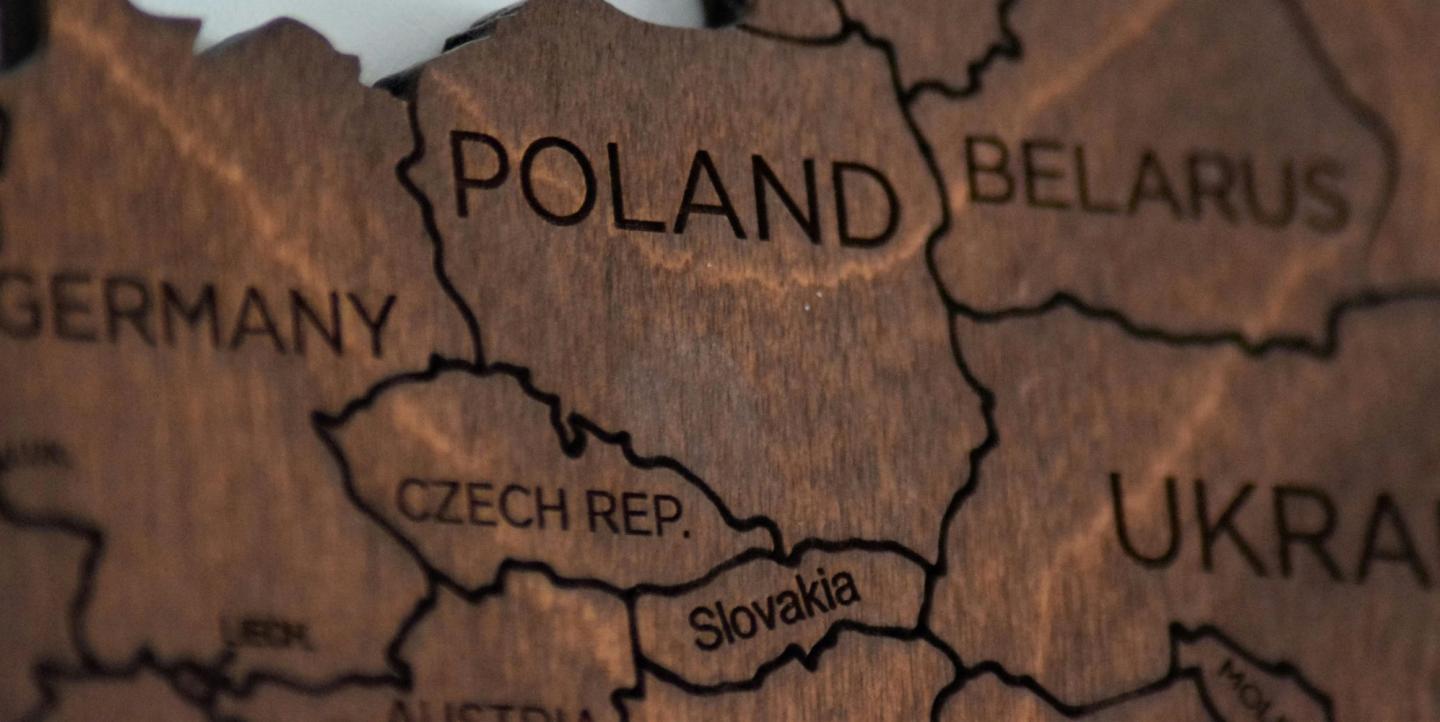The Trump administration’s freeze on U.S. foreign aid will lead to a surge in Russian disinformation across Eastern Europe, experts warn, as independent media outlets across the region will be forced to shutter, leaving a vacuum of credible information in their wake.
“Russian disinfo will have it easier, just like they have it easier every time they or their allies manage to weaken another one of the counter-disinformation activities,” explained Jakub Kalensky, deputy director of the Hybrid Influence community of interest at the European Centre of Excellence for Countering Hybrid Threats. “The Russians have made it clear they consider civil society their enemy; every effort to defund civil society is helping the Kremlin.”
Eastern Europe is particularly vulnerable to Russian destabilization efforts. Ukraine is entering its fourth year of resistance to full-scale invasion; Georgia is fending off Russian interference; and Moldova will hold a pivotal parliamentary election later this year, which comes after the pro-Western government accused Russia of meddling in two key votes last year.
“This is a big threat to our democracy that is already very young and fragile. The disinformation campaigns are already bigger than anyone can ever imagine,” said Anastasia Condruc, editor-in-chief at Moldova.org, an independent outlet that focuses on solutions journalism and video storytelling.
The world’s largest donor of humanitarian aid, the U.S. provides billions of dollars in humanitarian, development, and security assistance through USAID in more than 100 countries. The Trump administration has said that it is reviewing whether the distribution is aligned with its foreign policy, following the stop-work order issued by Secretary of State Marco Rubio in late January.
In the days after the announced halt on U.S. aid, false video claims that Hollywood stars were paid by USAID to visit Ukraine circulated widely, while the Kremlin inundated social media and created fake news websites in efforts to paint an image of an isolated Ukraine, left with no allies or support.
“USAID has been quite important in a lot of counter-disinformation work, especially in Eastern Europe, which is why they have been hated by the Kremlin for years,” said Kalensky.
The outlets affected
Three quarters of Moldova.org’s budget comes from European and U.S. grants, said Condruc. The funding supports the work of 14 full-time employees. “For now, we have the budget for salaries for the month of February and a bit of March. So the salaries won’t be affected, but after that, there is a possibility, but we really hope that it’s not going to get there,” she explained.
U.S. and European donors typically require their aid recipients to justify how they have used the funds they receive. Russian aid, in contrast, tends simply to finance propaganda, said Condruc. “If you have American or European grants, you have to be very transparent. You have to do a lot of reporting on how you are spending exactly that money. From the Russian side, what we see is a huge amount of money, like tens of millions, that are being poured into various tools to boost misinformation.”
The situation is especially dire for independent media in Ukraine. Since the start of Russia’s full-scale invasion in 2022 and the collapse of advertising for media in the country, it’s more difficult than ever for outlets to find a viable model. Nine out of 10 newsrooms in Ukraine rely on international aid, mainly from USAID, according to Reporters Without Borders.
“Funding cuts, including frozen international aid, are threatening our ability to continue this work,” said Bogdan Logvynenko, founder of Ukraïner, an independent Ukrainian outlet that publishes stories of Ukrainian resilience in 15 languages. Ukraïner relies on USAID for 80-90% of its budget, according to Logvynenko.
“We had been working on several key projects that are now at risk,” he continued. Some footage, for example, that has already been filmed cannot be published due to orders from the U.S. not to use the material. Logvynenko is concerned, too, about the consequences of the U.S. aid freeze on the quality of information. “All the world is now at war,” he noted. “Informational war is one of the components, which gives the opportunity to totalitarian regimes to occupy brains without any weapons.”
Finding solutions to survive
Independent media outlets that rely on USAID support must find alternatives — and quickly — to survive. Many are turning to their audience for donations. The Kyiv Independent, which itself hasn’t been affected, has run a fundraiser to help three local Ukrainian newsrooms. More than 50,000 British pounds have been raised.
Ukraïner put out a call for donations on social media, and received immediate support. “We collected around US$30,000 in two days, and we have found a few businesses that confirmed their support to us,” said Logvynenko.
Moldova.org launched a crowdfunding campaign on Patreon through which it allows donors to access exclusive content and weigh in on future articles. The outlet has also sought to diversify its income, collaborating with sectors similarly impacted by the U.S. funding freeze.
Condruc pointed to Moldovan wine producers as one example. “There are a lot of wine-producing companies in Moldova that are finding themselves in a similar situation as they were helped by the U.S. Many of them are reaching us with small budgets,” she said. “So we can maybe come to an agreement to help them promote their services and products, and at the same time, replenish our budget.”
Photo via Pexels by Anthony Beck.


